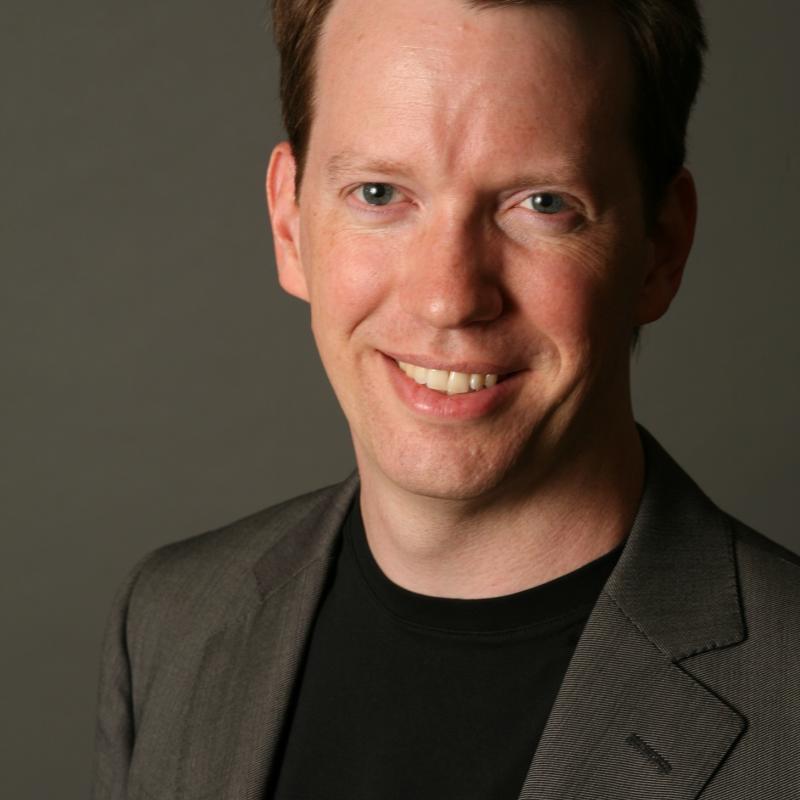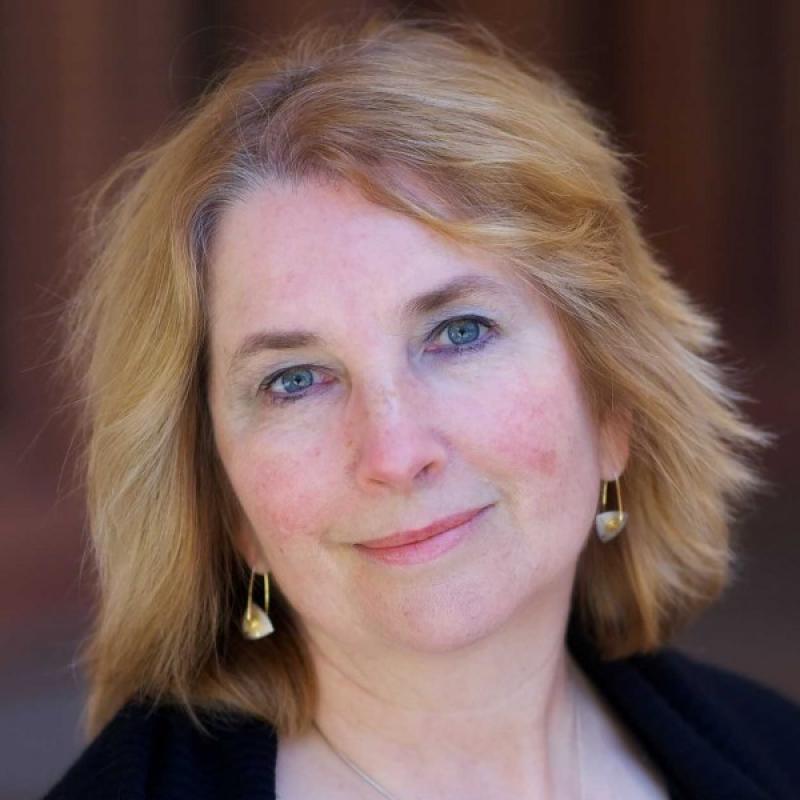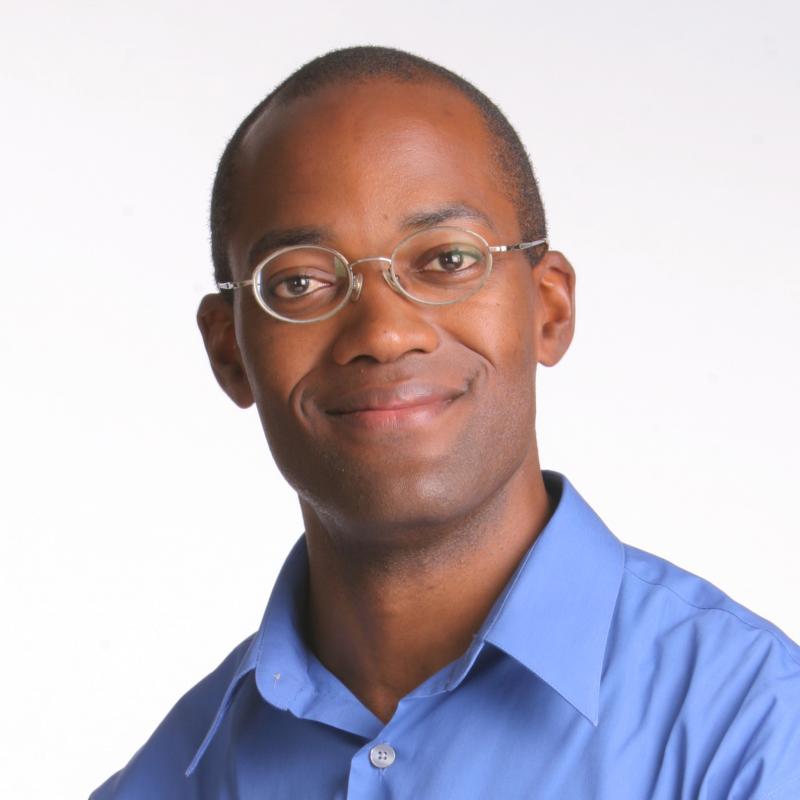Alice asked, “What is the matter? Have you pricked your finger?”
“I haven’t pricked it yet,” the Queen said, “but I soon shall—oh, oh, oh!”
Lewis Carroll, Alice's Adventures in Wonderland
The late Stephen Hawking said, “nothing cannot exist forever.” One might have to read this a few times to grasp his meaning, but the line leads one to reflect on the expanding universe. For our fall 2018 opening event, physics and astronomy professor Clifford Johnson, theoretical physicist Sean Carroll, and literary scholar Kate Flint are entering our own polymathic universe to expand our understanding of the malleable and mysterious concept, time. Multiverses, string theory, representations of time, flashes, and infinity are just a sampling of the topics that will be explored, as we grapple with historical, artistic, and theoretical approaches to time and its various meanings. Thus, we are starting out our Polymathic Pizza series on TIME as a multivalent framework for life with a bang, and a big bang at that!
Aug
22
2018
When: 5:00 PM - 6:30 PM
Where: Friends of the USC Libraries Lecture Hall, Doheny Memorial Library, DML 240
Event Type: Polymathic Pizza
Where: Friends of the USC Libraries Lecture Hall, Doheny Memorial Library, DML 240
Event Type: Polymathic Pizza
Event Details
Speaker Information
Speaker


